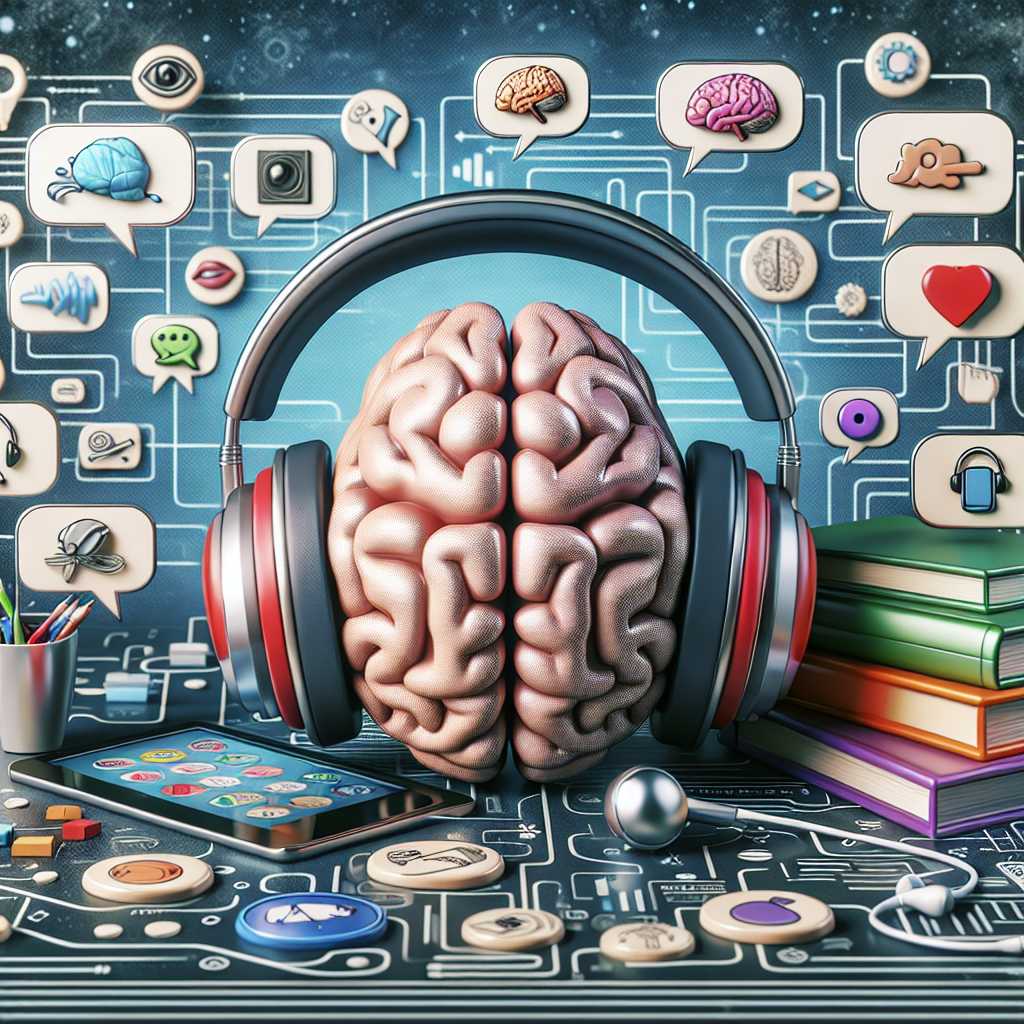Understanding Aphasia: An Overview of Language Impairment Disorders
Aphasia is a communication disorder that results from damage to parts of the brain that control language. It can affect speech, comprehension, reading, and writing skills, and its severity can vary widely among individuals. Causes of aphasia commonly include stroke, traumatic brain injury, or other neurological conditions. The disorder brings significant challenges to those affected and requires a multifaceted approach to therapy and care.
Types and Symptoms of Aphasia
Aphasia presents in various forms, each with distinctive language deficits:
1. Nonfluent Aphasias
–
Broca’s Aphasia: Characterized by slow, labored speech with difficulties in producing language, although comprehension is usually relatively preserved.
– Transcortical Motor Aphasia: Similarly involves nonfluent speech but with good comprehension and repetition abilities. 2. Fluent Aphasias
–
Transcortical Motor Aphasia: Similarly involves nonfluent speech but with good comprehension and repetition abilities. 2. Fluent Aphasias
2. Fluent Aphasias
–
Wernicke’s Aphasia: Individuals can speak with normal fluency, but the content is often nonsensical or irrelevant with severe comprehension issues.
– Transcortical Sensory Aphasia: Like Wernicke’s, but repetition ability is retained.
– Conduction Aphasia: Marked by fluent speech but fraught with errors in choosing words, and difficulty repeating phrases.
– Anomic Aphasia: Characterized by word-finding difficulties across spoken and written language, affecting naming and fluency. 3. Global Aphasia and Others
–
Transcortical Sensory Aphasia: Like Wernicke’s, but repetition ability is retained.
– Conduction Aphasia: Marked by fluent speech but fraught with errors in choosing words, and difficulty repeating phrases.
– Anomic Aphasia: Characterized by word-finding difficulties across spoken and written language, affecting naming and fluency. 3. Global Aphasia and Others
–
Conduction Aphasia: Marked by fluent speech but fraught with errors in choosing words, and difficulty repeating phrases.
– Anomic Aphasia: Characterized by word-finding difficulties across spoken and written language, affecting naming and fluency. 3. Global Aphasia and Others
–
Anomic Aphasia: Characterized by word-finding difficulties across spoken and written language, affecting naming and fluency. 3. Global Aphasia and Others
3. Global Aphasia and Others
–
Global Aphasia: The most severe form, involving extensive language disability across speaking, understanding, reading, and writing.
– Primary Progressive Aphasia: A neurological syndrome that slowly impairs language capabilities.
–
Primary Progressive Aphasia: A neurological syndrome that slowly impairs language capabilities.
The symptoms of aphasia may include:
– Struggle to find words (anomia)
– Substituting one word or sound for another (paraphasias)
– Using made-up words (neologisms)
– Speech devoid of content
– Difficulty understanding conversation
– Difficulty reading or writing
Causes and Diagnosis
Most cases of aphasia are due to stroke—the interruption of blood flow to the brain. However, other causes include:
– Head injuries
– Brain tumors
– Infections affecting the brain
– Progressive neurological disorders
Diagnosis is typically made through a combination of medical history, neuroimaging like MRI or CT scans, and a thorough linguistic assessment by a speech-language pathologist.
Treatment and Coping Strategies
Although there is no cure for aphasia, several treatments can help individuals regain some or much of their communication abilities:
Speech and Language Therapy: Professional therapists work on improving an individual’s speech and understanding through exercises that practice the components of language. Group Therapy: Interacting with others facing similar challenges offers support and practice in communication skills. Computer-Assisted Therapy: Technology-assisted programs tailored to specific deficits help hone language skills through repeated exercises. Communication Strategies: Incorporating gestures, drawing, or using computer apps enhances communication when speech alone is insufficient.
Group Therapy: Interacting with others facing similar challenges offers support and practice in communication skills. Computer-Assisted Therapy: Technology-assisted programs tailored to specific deficits help hone language skills through repeated exercises. Communication Strategies: Incorporating gestures, drawing, or using computer apps enhances communication when speech alone is insufficient.
Computer-Assisted Therapy: Technology-assisted programs tailored to specific deficits help hone language skills through repeated exercises. Communication Strategies: Incorporating gestures, drawing, or using computer apps enhances communication when speech alone is insufficient.
Communication Strategies: Incorporating gestures, drawing, or using computer apps enhances communication when speech alone is insufficient.
Family support and counseling are also crucial aspects of living with aphasia. These holistic strategies address not only the functional impairments but also the emotional turbulence resulting from the condition.
Research and Advances in Aphasic Care
Scientific research aims at better understanding the underlying causes of aphasia and enhancing treatments through neuroplasticity—a brain’s ability to rewire itself after injury.
Alternative approaches such as music therapy have also shown promise. Melodic Intonation Therapy uses the musical elements of speech (e.g., rhythm and melody) to improve language production for some people with non-fluent aphasia.
Developments in technology like voice recognition software are providing new modes for individuals with aphasia to communicate.
